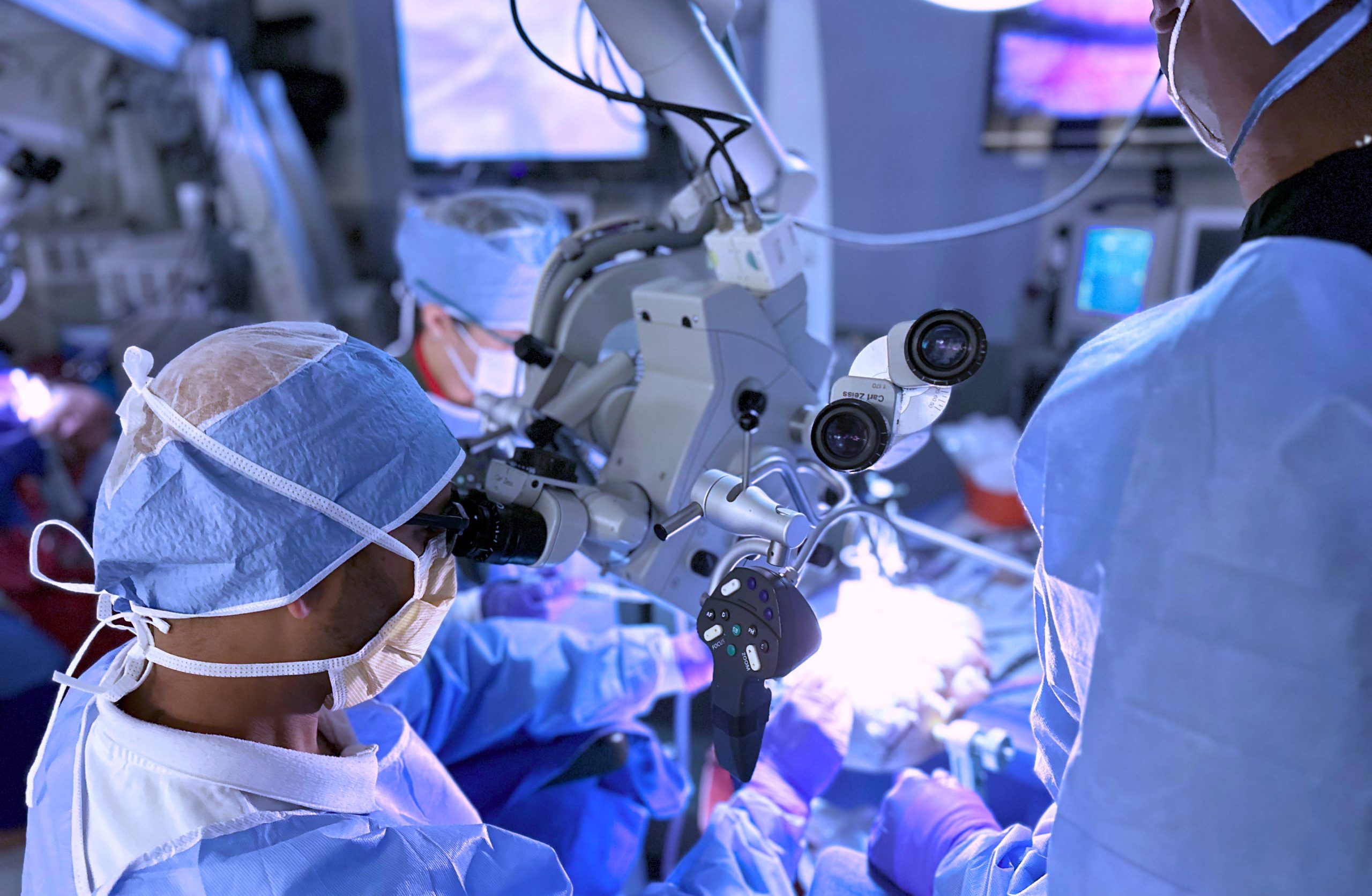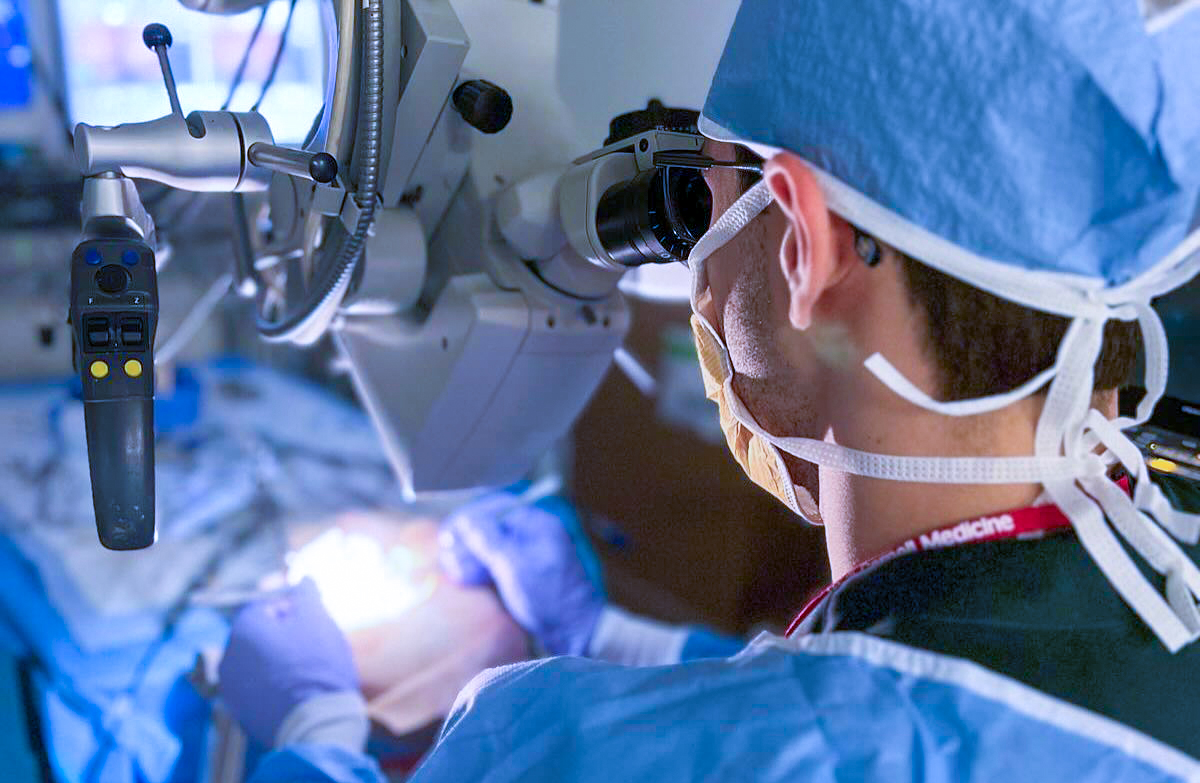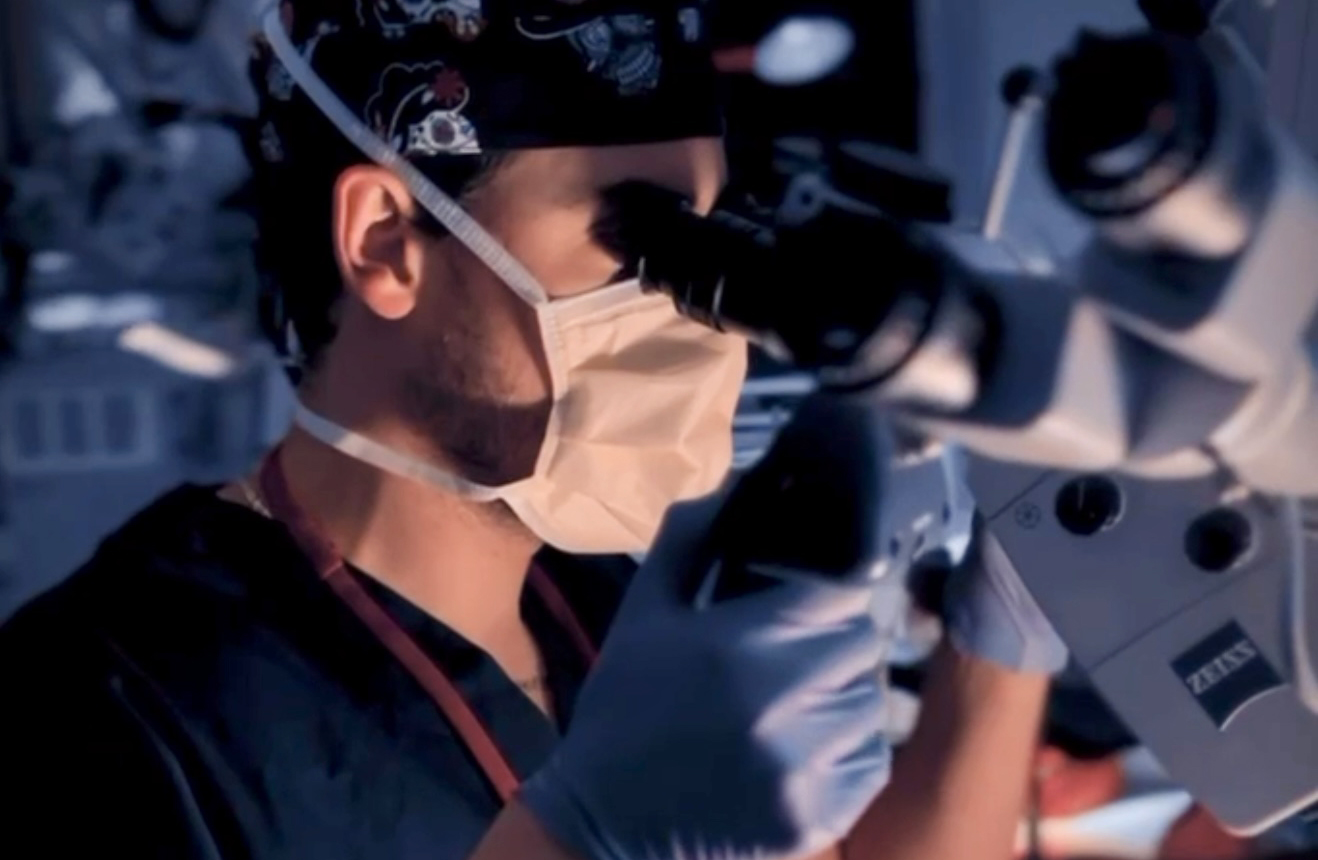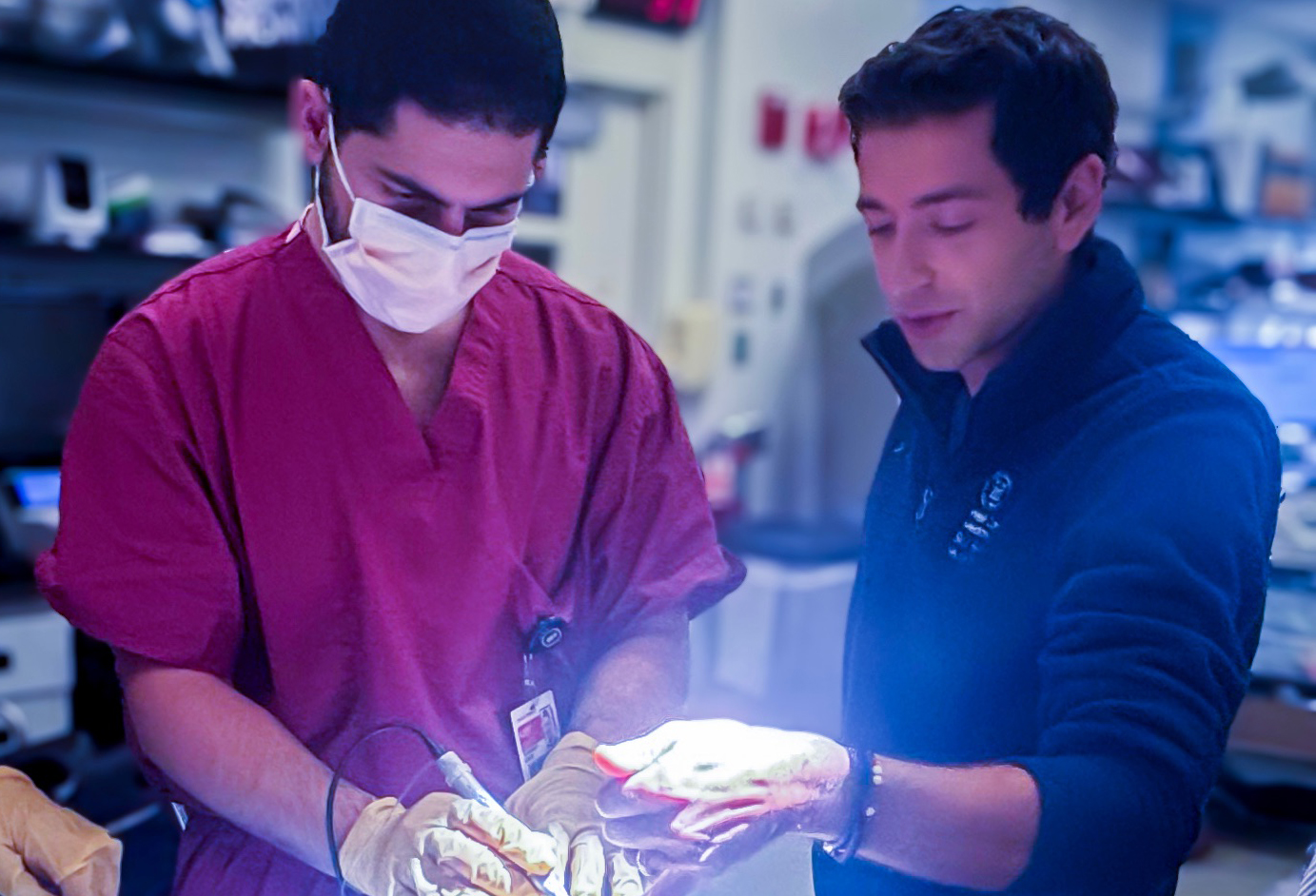Fellowship in Skull Base and Microneurosurgery

The Weill Cornell Fellowship in Skull Base and Microneurosurgery lasts 4 to 12 months, is tuition-free, and is open to surgeons worldwide, from senior residents to practicing neurosurgeons. The fellowship is lab- and skills-based and designed to provide fellows with an exhaustive understanding of surgical approaches to the cranial base. Instruction centers around supervised, independent, and slow, meticulous cadaveric dissection following our core tenets and surgical philosophy. All training is closely supervised and administered by experienced faculty and follows a standardized sequential dissection curriculum covering the entirety of the skull base. The program consists of an initial 3 months of systematic training in skull base surgical anatomy, followed by 3 to 9 months of training in skull base surgical approaches and techniques. Concurrent research opportunities are available starting in the fourth month, with junior resident teaching incorporated as appropriate after the fourth month.
The initial dissection curriculum is divided into two main blocks lasting a total of 3 months, comprised of extradural skull base (7 weeks) and intradural skull base/cisternal (5 weeks). Each block is subdivided into weeks dedicated to specific regions, beginning anteriorly and working posteriorly, wherein fellows identify a series of boney, neurovascular, and soft tissue structures, as well as key surgical landmarks. The first week is devoted to meticulous dissection of the orbit and the careful removal of all periorbital fat, while preserving all intraorbital structures. This gives fellows the opportunity to practice working under the surgical microscope, honing their microdissection skills, and lays the foundation for the expected pace of dissection going forward. From there fellows proceed posteriorly to the superior orbital fissure, middle fossa, cavernous sinus, anterior petrous bone, posterior petrous bone, posterolateral upper cervical region and craniocervical junction, lateral upper cervical region and extracranial jugular foramen, and infratemporal and pterygopalatine fossae.


The subsequent 5-week intradural block then begins, again anteriorly, with opening of the sylvian fissure and proceeds with exploration of the sellar and parasellar regions, retrosellar area, tentorial incisura, perimesencephalic region, cerebellopontine angle and midpetroclival region, foramen magnum and intracranial jugular foramen, pineal region, and the ventricular system.
At the end of each week, fellows are expected to prepare a short presentation consisting of sequential photos from their dissection and the related anatomy, during which the faculty and fellows discuss the steps the fellow undertook during their dissection in order to understand their approach and thought process. These sessions emphasize critical problem-solving and reflective analysis rather than a focus solely on anatomical details and technical execution, enabling the early detection and remediation of any knowledge or skill deficiencies.
Following the initial 3-month period of anatomic dissection, the curriculum shifts to technique based instruction for the remainder of the fellowship, where the full scope of skull base surgical approaches, maneuvers, and techniques are performed simulating live surgery, and under close direct faculty supervision. This encompasses anterior, anterolateral, lateral, and posterolateral approaches and their variants and associated maneuvers; combined skull base approaches; endoscopic transsphenoidal approaches; endoscope-assisted skull base techniques; lesion-specific approach selection; and targeting and tailoring of approaches and corridors.
Within the program, the faculty strongly fosters a spirit of constructive collaboration and egalitarianism. Fellows work closely together, collaborating on dissections and research projects, and constructively review dissections in a group setting, as well as manage day-to-day upkeep of the lab. There is no differentiation among fellows based on career seniority and all fellows begin from the same level, following the same systematic curriculum.


Meticulous and relaxed dissection and independent exploration are essential for enhancing mental spatial memory and object-location associations, allowing fellows to develop a comprehensive mental anatomical map of the entire skull base. Accordingly, note taking during or after dissection is highly encouraged. The initial phase of the curriculum promotes exploration while avoiding recipe-like learning—with the aim of fostering understanding of the underlying rationale behind each step rather than solely technical mastery, thereby cultivating independent, adaptive surgical judgment. Upon completion of the program, fellows should be equipped with a comprehensive skull base surgical armamentarium, empowering them to exercise sound clinical judgment.
Applicants are admitted based on their background and experience. Applications are accepted on a rolling basis, with preference given to applicants who serve the most underserved patient populations. Prospective fellows should submit applications at least 6 months in advance their requested start date.
There is no cost to complete the fellowship training program; however, fellows are required to purchase their own cadaveric specimen at a cost of $1,500 and pay a $200 medical clearance fee to Weill Cornell Medicine. No financial compensation or salary is provided. As our Neurosurgical Innovations and Training Center operates 24/7, fellows may choose to work at the times they find most conducive to their learning.
For more information please read our detailed Fellowship Overview and see our Frequently Asked Questions page.
Please contact us using the button below to receive a link to our online application.